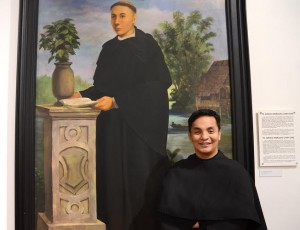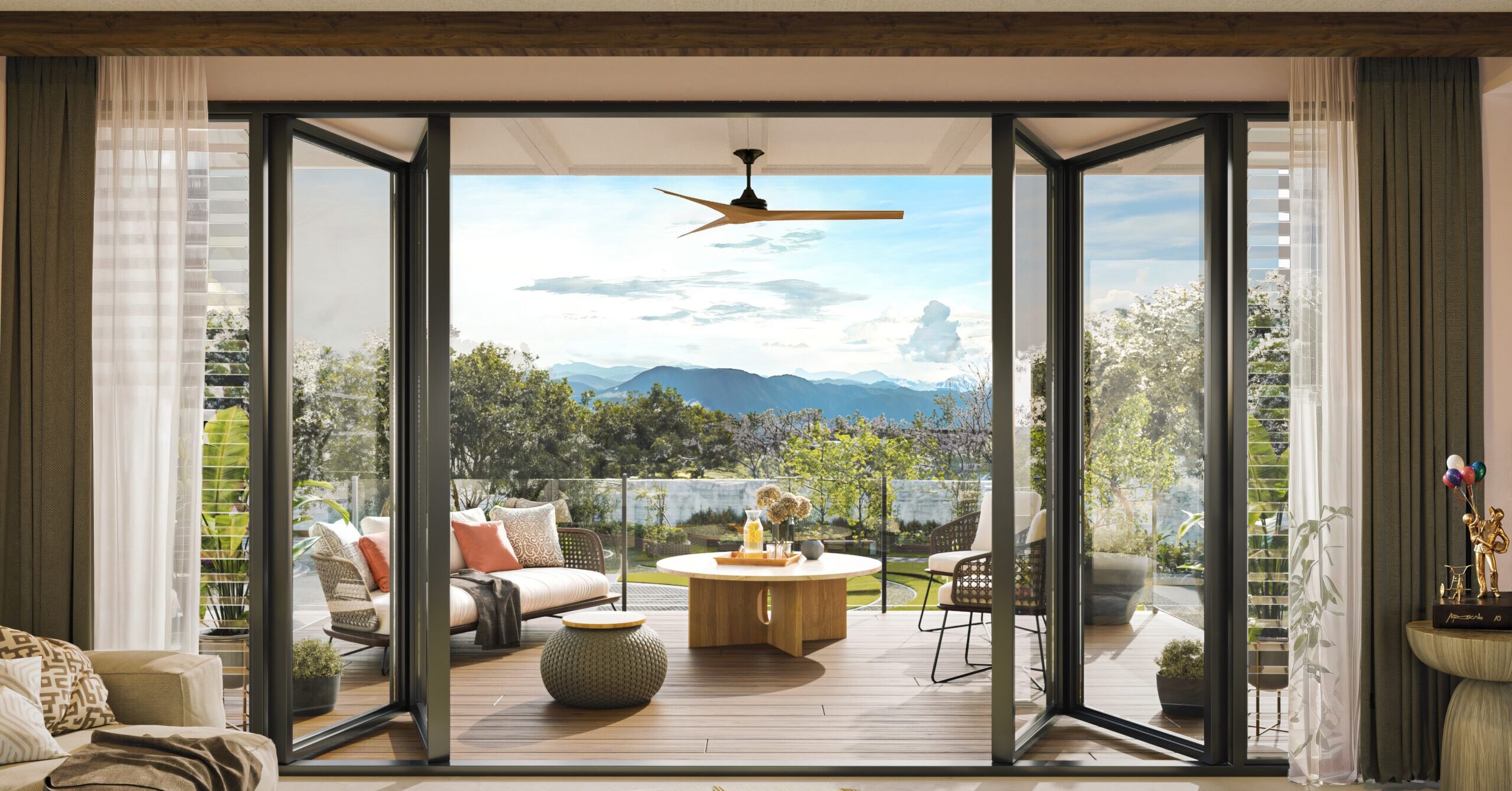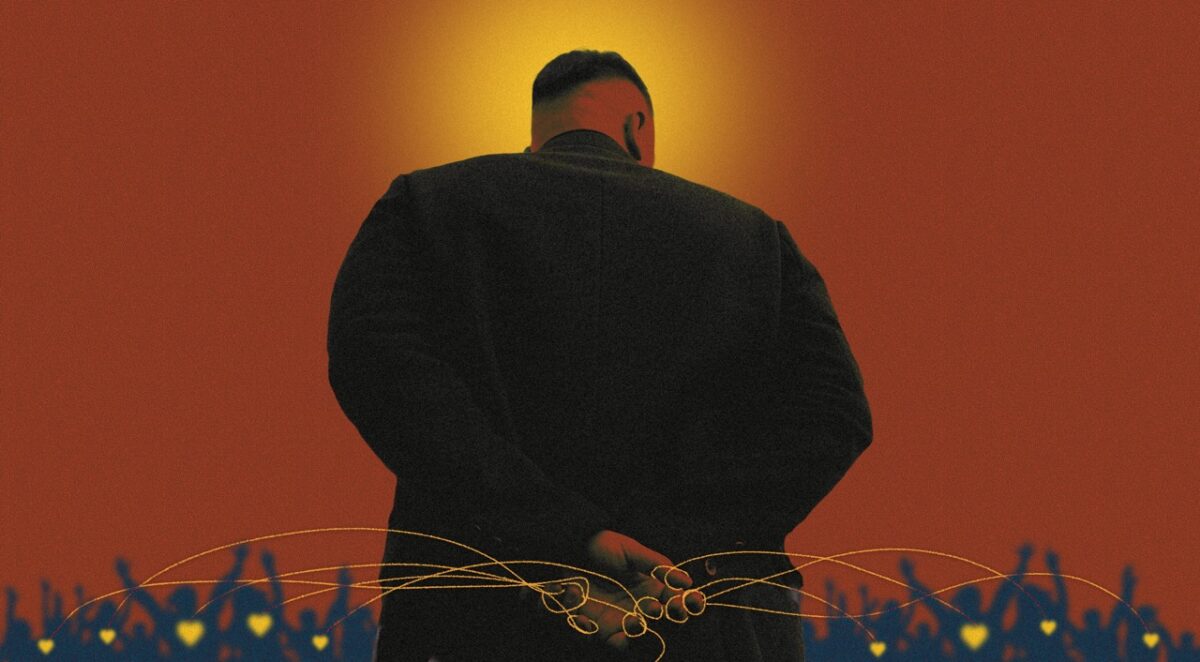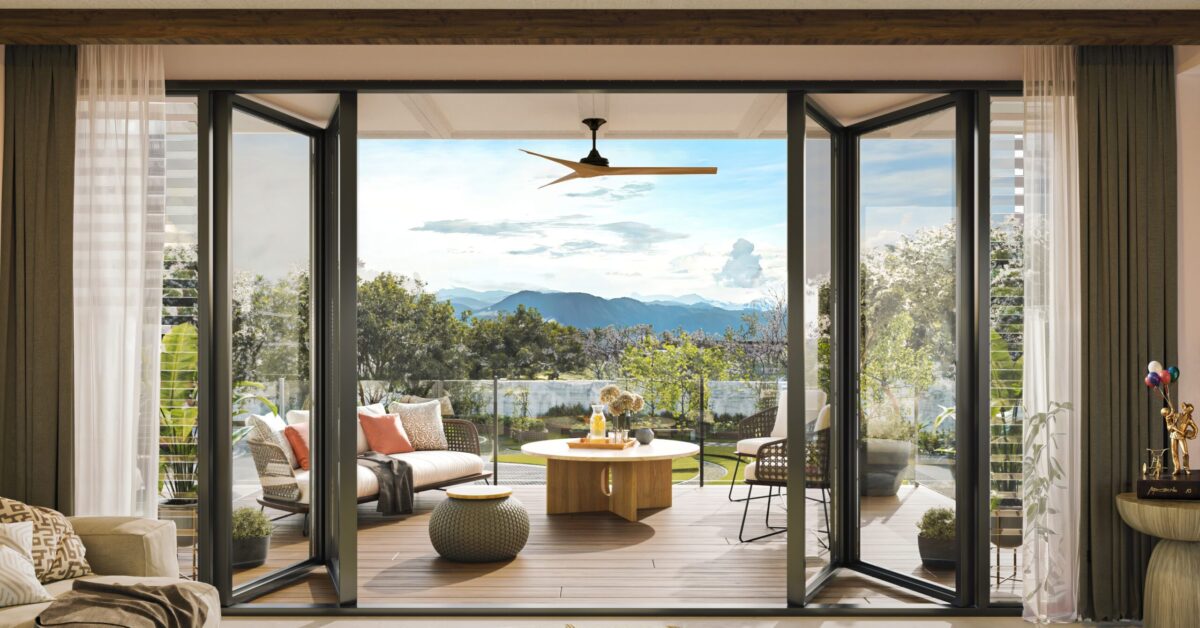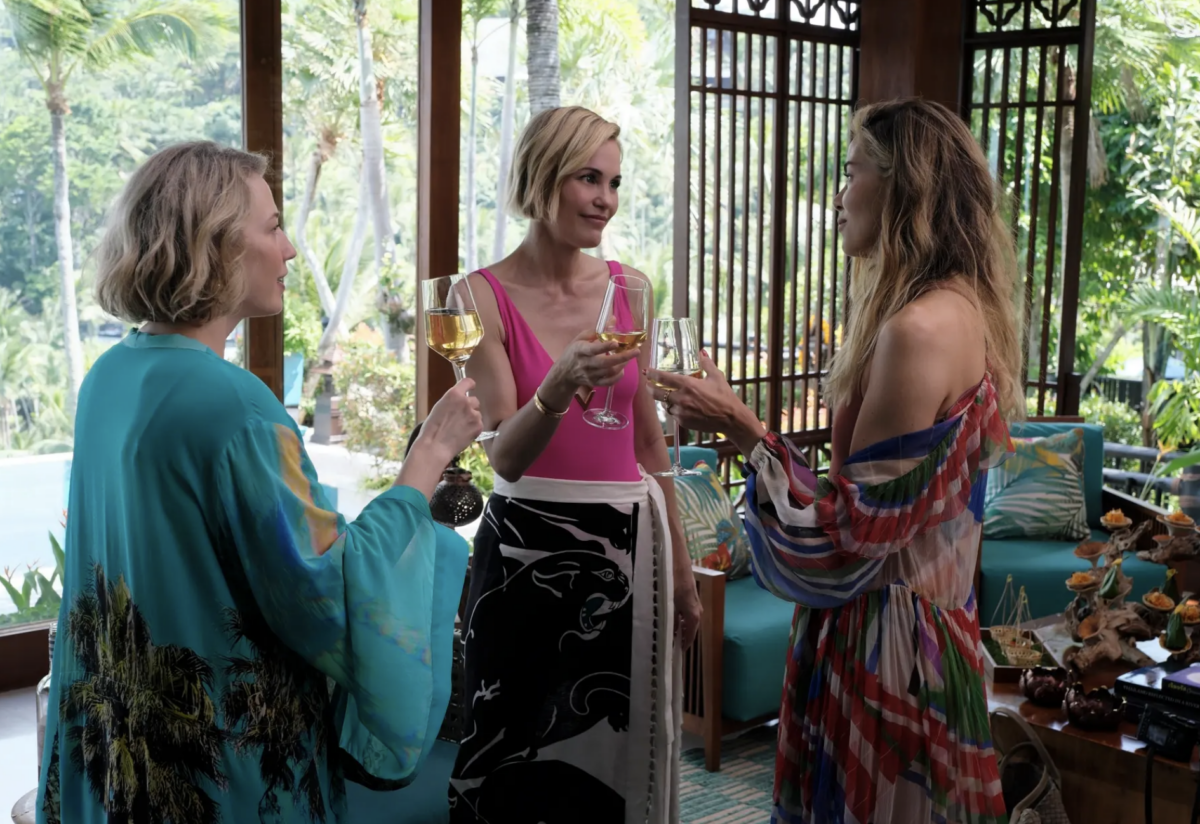SAN AGUSTIN Museum director Fr. Ricky Villar, OSA, before a portrait of Fr. Ignacio Mercado, OSA. PHOTOS BY DEXTER R. MATILLA
WHAT does 450 years of love look like?
A visit to the new-look San Agustin Museum in Intramuros might just provide the most fervent Christians—and maybe even lovers of history—substantial evidence that a love that lasts is, indeed, possible.
Occupying a wing inside the 411-year-old San Agustin Church compound along Gen. Luna Street in Intramuros, the museum houses over 1,000 artworks, historical artifacts and documents.
For a long time, the museum was not much to look at. Fr. Ricky Villar, director of San Agustin Museum, recalls when the museum had open windows where smoke and dust wafted in from outside, making the environment unsuitable for the valuable historical collection.
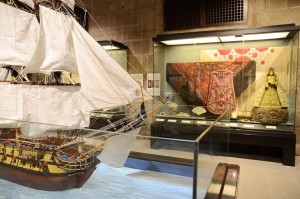
Six years of restoration and renovation has changed that. Now the Augustinian friars and Filipinos in general finally have a museum worthy to be proud of, a place that showcases a rich collection of a rich Philippine religious heritage.
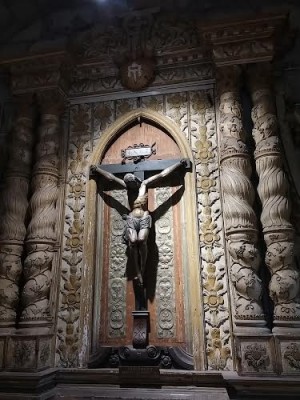
Rooms are well lit and air conditioners and dehumidifiers have been installed to ensure temperature and moisture are controlled.
Each room follows themes that display the Augustinians’ love of God, art and beauty, wisdom, song and music, science, culture and education.
Individual pieces are labeled and the descriptions are kept to a minimum for a quick and casual reading.
Augustinians’ contributions
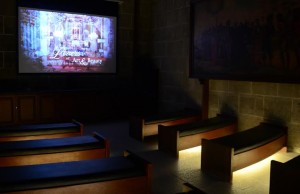
A guided tour is available, Father Villar says, adding the new museum layout was made with the idea that anyone could come in, individually or as part of a group, and easily understand the stories behind each item.
For instance, the gallery on the ground floor emphasizes the importance of the galleon trade between the Philippines (Manila) and Mexico (Acapulco), which lasted for 250 years.
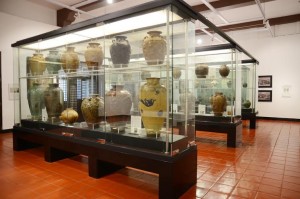
Several artifacts on display include a replica of the Sto. Niño given to Hara Humamay (Queen Juana) by Ferdinand Magellan; Chinese porcelain jars; two original manton de Manila—a status symbol during the Spanish times.
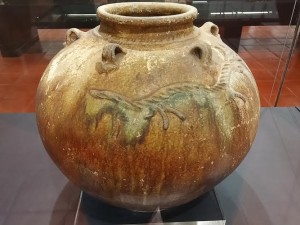
At the back of the room is a 50-seat mini theater which shows a 12-minute video of the Augustinians’ contributions to Philippine Christian identity as well as in the molding of society as we know it today.
While preaching Christ’s message, the Spanish Augustinian friars did not build only churches but also schools, bridges, streets and townships.
On the second floor is an assortment of paintings, mostly from the Araneta family, one of which is the “Seven Archangels” (1604-1611), considered the oldest in the Philippines.
First botanist
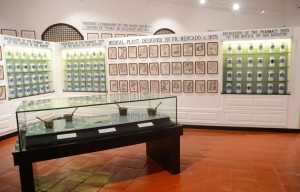
While some museums restrict photography of paintings, Father Villar says they allow it so long as flash isn’t used. He hopes that by taking photos, visitors would have something to look back to and develop an interest in the stories behind the characters depicted in the paintings.
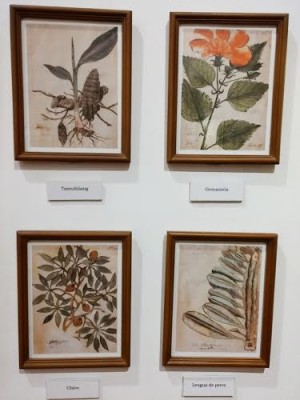
A room on the second floor is dedicated to Fr. Ignacio Mercado, a Filipino botanist who catalogued over 200 plants in the country at that time.
Born in Manila in 1648 to a Spanish father and a Filipino mother, Father Mercado’s work preceded by 200 years Augustinian friar and botanist Fr. Manuel Blanco’s “Flora de Filipinas.”
“It is not known by many Filipinos that Father Mercado was actually the first Filipino botanist who did a systematic study of indigenous Philippine plants,” Father Villar says. “He was forgotten. But why was he forgotten? His original manuscripts and paintings were lost but had been found recently at the Convento de los Agustinos Filipinos in Valladolid (Spain).”
The Augustinian convent has over 40,000 books on Philippine history.
Father Mercado’s dedication is such that he would perform experiments on himself to find out the effects of the different plants.
Father Villar says they are launching a book on Father Mercado in April 2016.
Funds from Spain
Father Villar says most of the funding for the improvement of the museum and preservation of the artifacts came from the Spanish government.
“Restoration and preservation are very expensive,” Father Villar says. “Materials are not available in the Philippines. We have to buy them from Spain and Mexico.”
He also points to the water stains on the walls of the ground-floor hallway as a result of flooding. He says they had to raise the floor elevation, as the compound has seemingly become a catch basin when the streets outside overflow with floodwater.
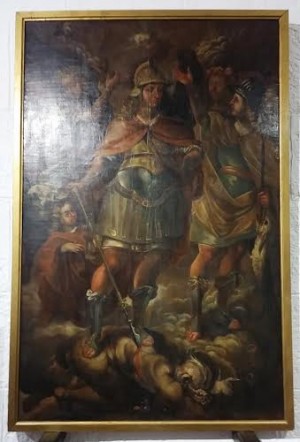
San Agustin is the oldest stone church in the Philippines with important historical pieces within. Climate change is reason for concern, and Father Villar says he hopes Filipinos would do their part no matter how small to address the issue and work for the conservation of cultural heritage.
“Whenever I do the guided tour, especially with young students, I encourage them to throw the trash in the proper place,” Father Villar says. “We are doing our best to make San Agustin a world-class museum not just with the exhibition and the design but also on the conservation and preservation of the items, and we are hoping that these will still be around for the next generation to see.”
E-mail the author at dextermatilla@gmail.com. Follow on Twitter, @dxmatilla.


